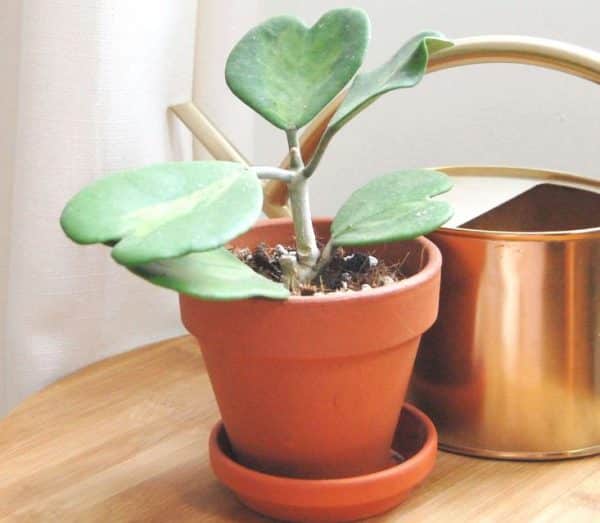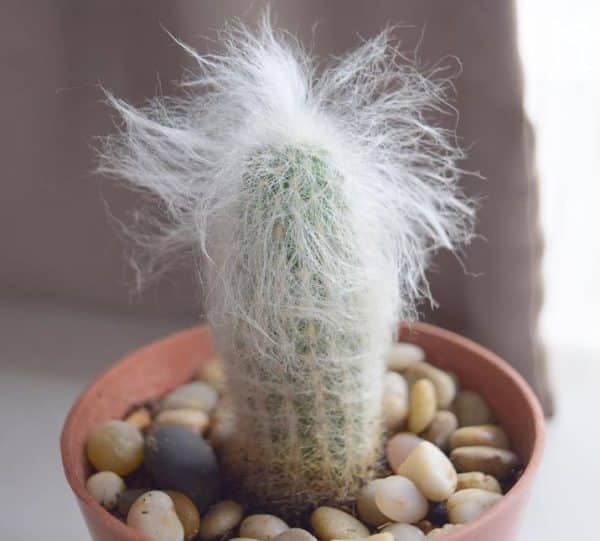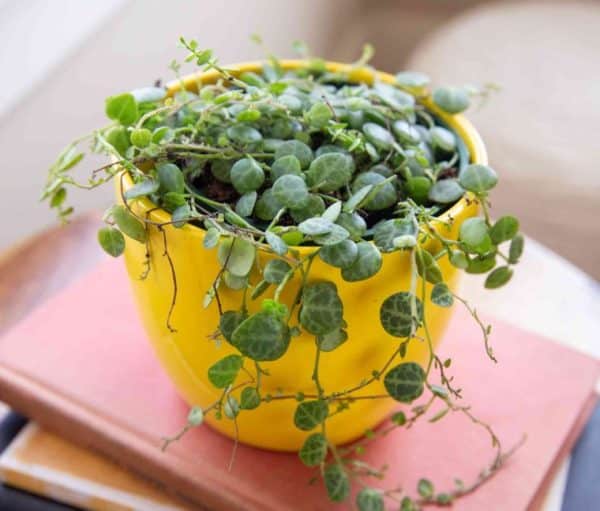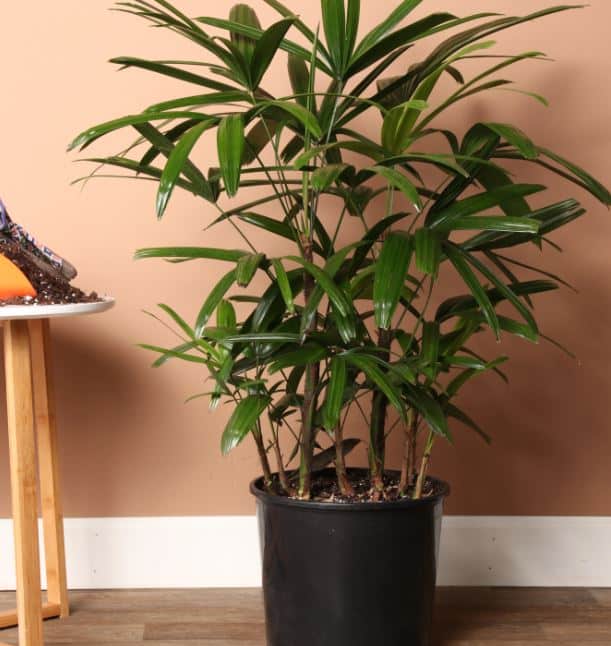The Lady Palm (Rhapis flabelliformis) brings a formal elegance with its fan-shaped leaves, evoking a tropical ambiance indoors. These plants thrive with indirect sunlight and require humidity levels above 50%. To maintain optimal conditions, place your lady palm on a pebble tray or use a humidifier. Browning leaf edges often indicate insufficient humidity, so monitoring and adjusting moisture levels can keep your lady palm healthy and vibrant.
Rattle Snake Plant
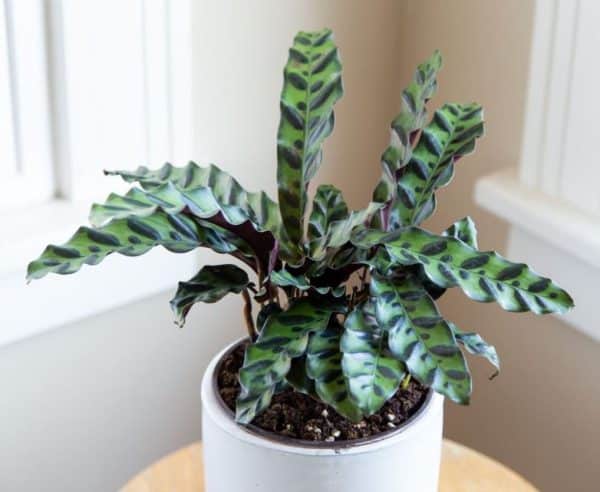
The Rattlesnake Plant (Calathea insignis), native to Brazil, is admired for its intricate leaf patterns resembling rattlesnake scales. It thrives in environments with higher-than-average temperatures and humidity, making it less suitable for beginners. To ensure its well-being, provide regular waterings during the growing season, shield it from dry air and drafts caused by heating and cooling systems, and enhance humidity using a humidifier or pebble tray. Maintain indoor temperatures above 60°F to promote healthy growth and vibrant foliage.
False Aralia
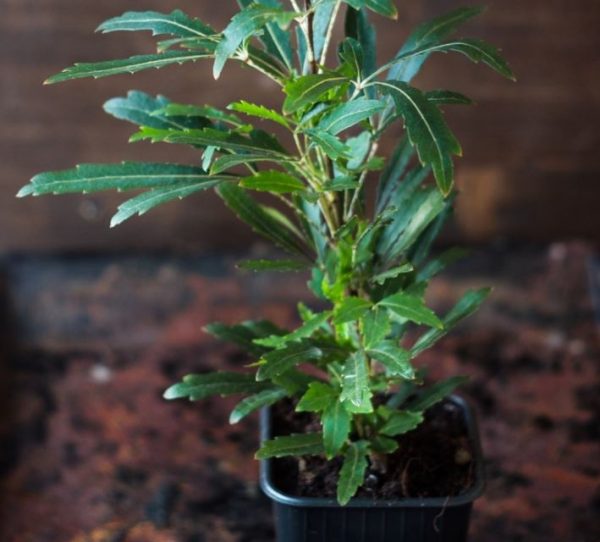
The False Aralia (Dizygotheca elegantissima) stands tall and stately with long, serrated, dark green leaves that enhance any room. Often started as small potted plants, they can grow up to 6 feet indoors. Thriving in bright, indirect light, water when the top inch of soil feels dry. If lower leaves begin to drop, it’s likely due to underwatering, so adjust your watering schedule accordingly to maintain their lush appearance.
Haworthia
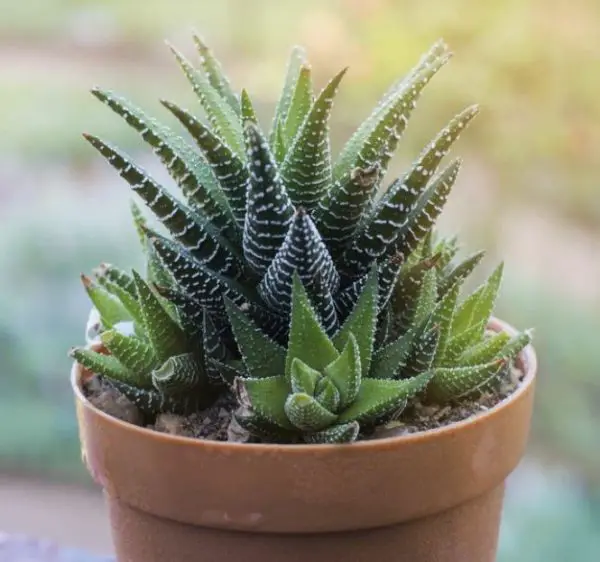
Choose Haworthia if you adore the appearance of aloes but have dogs instead. Haworthia, in contrast to toxic aloes, is harmless for pets and has pointed, architectural spines that resemble aloe. These succulents are low maintenance; they do well in bright, indirect light and only need a small amount of monthly watering. Explore the many species of Haworthia in a variety of shapes, sizes, and colors to suit your preferences and enhance your indoor garden.
Swedish Ivy
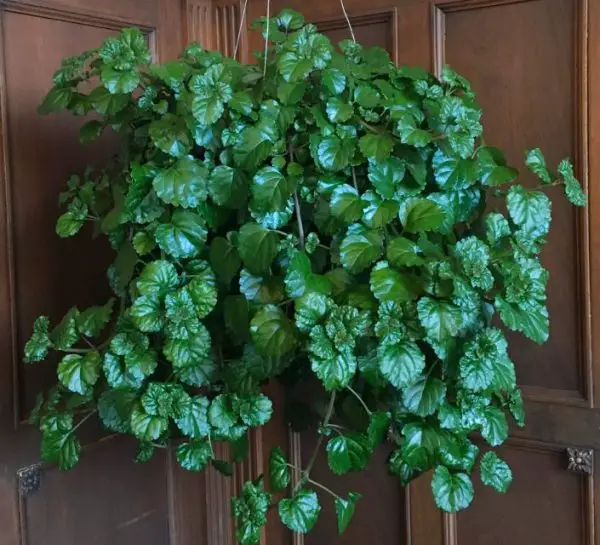
Swedish Ivy (Pilea nummulariifolia) is a beautiful trailing houseplant, perfect for hanging baskets or as a “spiller” in container gardens. It’s easy to care for, growing rapidly in bright, indirect light. Allow the soil to dry out between waterings. Known for its glossy green leaves, it blooms tubular flowers in spring and summer. To support its fast growth, fertilize frequently for healthier, more vibrant plants.
Staghorn Fern
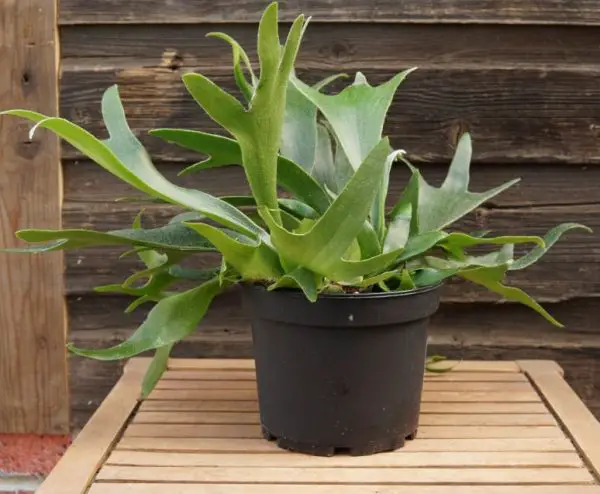
Staghorn Ferns (Platycerium bifurcatum) are admired for their unique shape, resembling stag horns, especially when mounted on walls or in hanging baskets, making them perfect for DIY projects. They thrive in high humidity levels (70–80%), so frequent misting or a humidifier is essential. Place them in bright, indirect light, let the substrate dry out between waterings, and fertilize monthly. With proper care, these ferns will remain happy and thriving for years.
Cast Iron Plant

The Cast Iron Plant (Aspidistra elatior) is renowned for its durability, making it ideal for novice gardeners or those with less-than-green thumbs. Its slow-growing, vibrant, lance-shaped leaves add elegance to any room. Tolerant of low light and resistant to most pests, it requires minimal care. Water the plant regularly when the top 1 to 2 inches of soil are dry to the touch, ensuring its long-lasting vitality.
Lipstick Plant
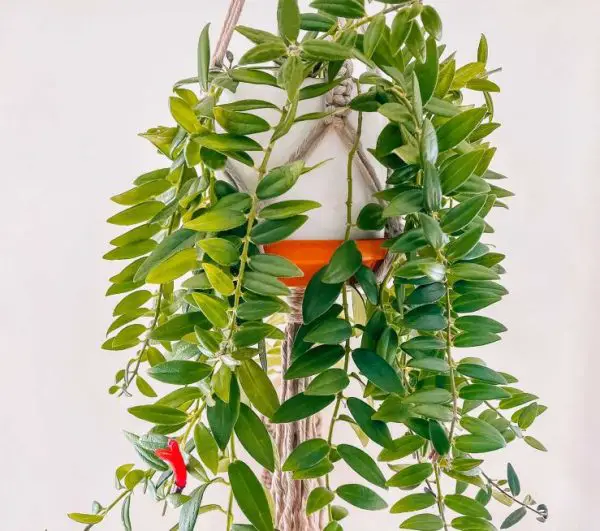
The Lipstick Plant (Aeschynanthus humilis) is named for its vibrant red flowers emerging from dark tubes, resembling lipstick containers. Its trailing growth habit and glossy foliage make it striking in hanging baskets, adding a pop of color to windows. For best results, provide bright to medium-filtered light and fertilize monthly. Increasing sunlight exposure can encourage more frequent flowering.
Venus Flytrap
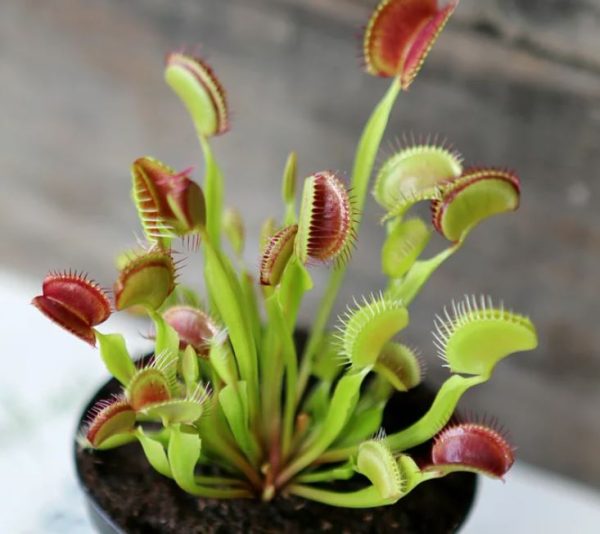
Carnivorous Venus flytraps (Dionaea muscipula) are native to the boggy areas of the Carolinas, feeding on insects to compensate for nutrient-poor soil. As houseplants, they need bright, indirect light and at least 50% humidity, making them ideal for terrariums. Plant them in a substrate for carnivorous plants, and water only with distilled or rainwater. Avoid touching the traps to prevent stress, and feed them live flies or gnats monthly for optimal health.
Burro’s Tail
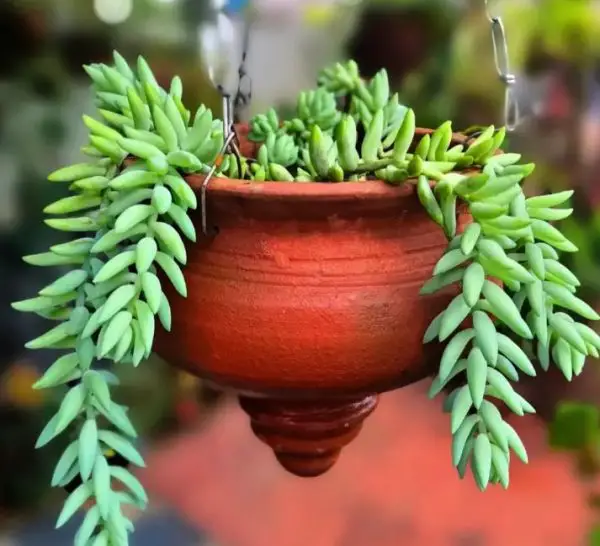
Burro’s Tail (Sedum morganianum) is a charming succulent celebrated for its trailing growth and distinctive, densely packed, fleshy leaves that cascade in a woven-like pattern. This low-maintenance plant thrives in hanging baskets, adding a touch of greenery to any space. Ideal for those with busy schedules, it flourishes in bright light and requires minimal watering, making it both heat and drought tolerant. Its unique appearance and ease of care make it a delightful choice for succulent enthusiasts.
Watermelon Peperomia
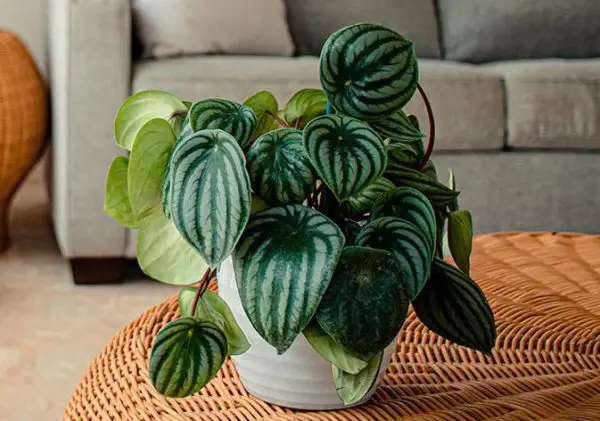
Watermelon Peperomia (Peperomia argyreia) is popular for its shiny, patterned leaves resembling watermelons. Native to South America, it thrives in bright, indirect light and average indoor humidity. Compact in growth, it may develop deformed leaves if lacking calcium. To improve leaf formation, fertilize with crushed eggshells.
Polka Dot Plant
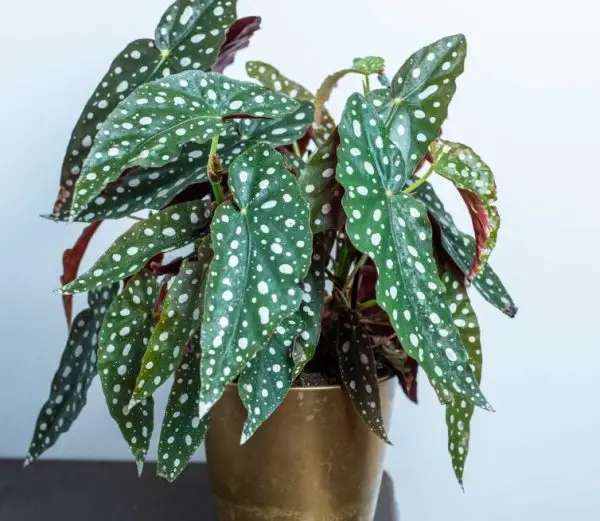
Polka Dot Plant (Hypoestes phyllostachya) features bright, variegated leaves in white, pink, purple, and red. Like nerve plants, they need bright, indirect light and high humidity (at least 50%). Planting them in a terrarium helps maintain consistent humidity levels, making them a wonderful addition to any indoor garden.
California Pitcher Plant
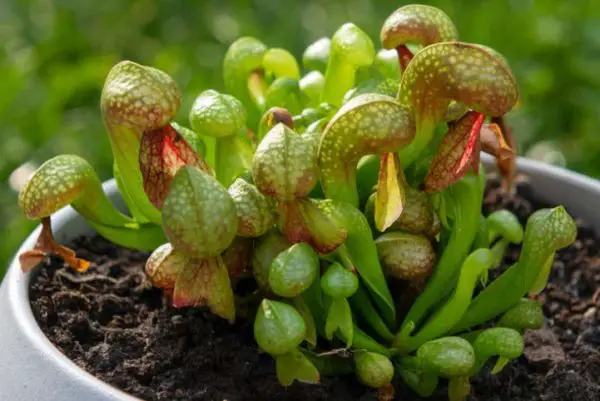
The California Pitcher Plant (Darlingtonia californica) is a carnivorous plant native to the U.S., using its tunnel-shaped traps to catch insects for nutrients. Like Venus flytraps, it thrives in a carnivorous plant potting mix without supplemental fertilizer. Provide bright, indirect light, water only with rain or distilled water, and keep the soil consistently moist but not soggy. This ensures your pitcher plant remains healthy and vibrant.
Parlor Palm
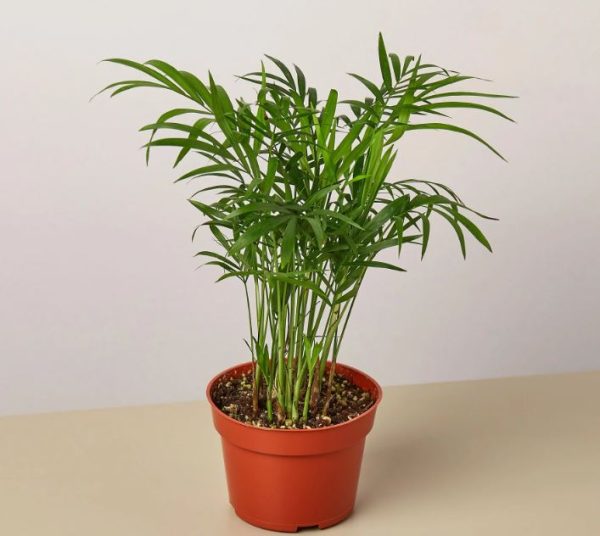
A native of Central America, Parlor Palms (Chamaedorea elegans) gained popularity in the Victorian era for adding elegance to parlors. Today, these slow-growing plants can reach up to 6 feet tall indoors. Ideal for 3-gallon pots, they are sensitive to overwatering, so use well-draining soil. They tolerate low light and temperatures as low as 50°F, making them perfect for beginners. If leaf edges brown, increase humidity with a humidifier or pebble tray.
Air Plants
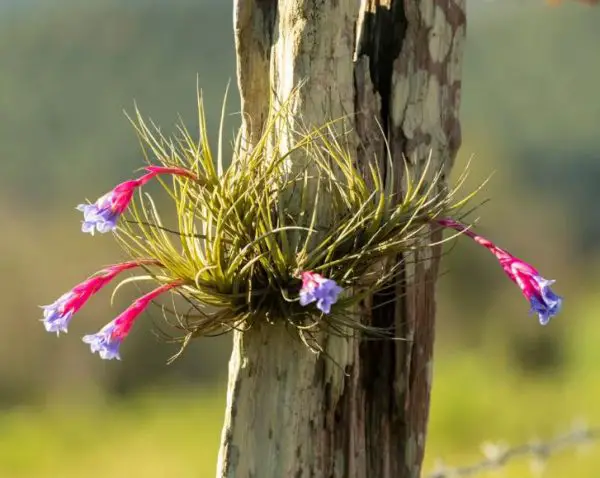
Air plants (Tillandsia spp.) come in various shapes and sizes, adding beauty to any houseplant collection or home décor. Whether placed on a shelf or hung from a basket, they are easy to care for, needing only bright, indirect light and adequate humidity. Blooming only once in their lifetime, air plants produce brightly colored, showstopping flowers. Their unique appearance and low maintenance make them a delightful addition to any space.
Spider Plant
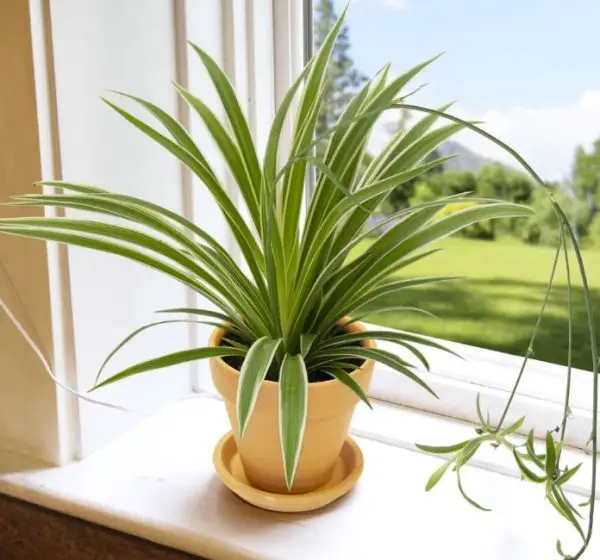
The Spider Plant (Chlorophytum comosum) is an essential addition to any list of plants suitable for pets. It requires little maintenance; it thrives in bright, indirect light and needs just minimal watering, usually once a week throughout the growing season. Among the simplest plants to grow, it comes in both variegated and plain green forms. Spider plants provide several “pups” (little white blooms) that can be shared with friends and family when growing circumstances are ideal.
Prayer Plant
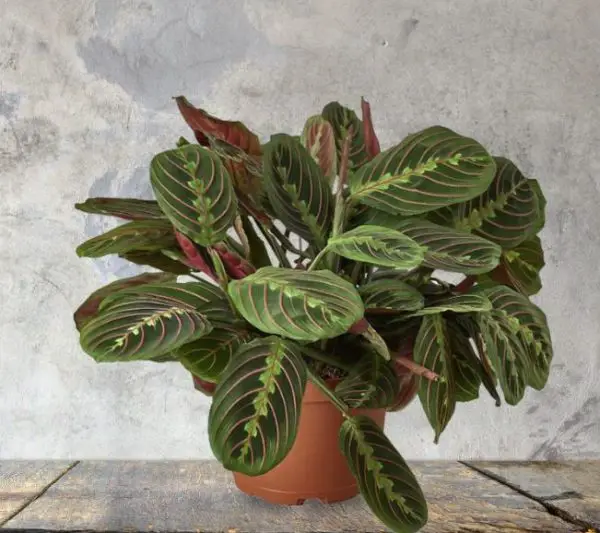
The Prayer Plant (Maranta leuconeura) is a favorite for its vibrant red and green, patterned leaves. Its name comes from the unique way its leaves move, folding upwards at night as if in prayer. It thrives in medium to bright indirect light but should avoid direct sunlight to prevent leaf fading and scorching. With proper care, this beautiful plant may also produce small, delicate lavender blooms.
African violet
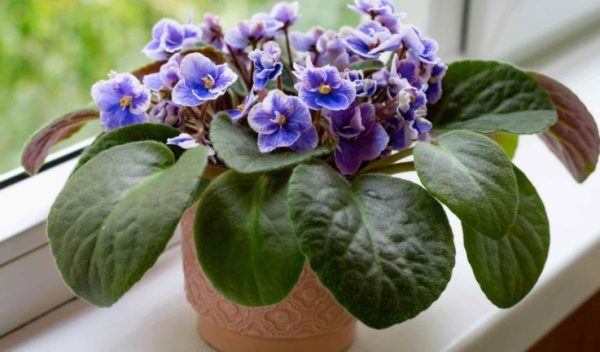
Cheery African Violets (Saintpaulia spp.) brighten any space with their thick, furry leaves and colorful flowers, ranging from white to dark purple. Easy to care for, they thrive best in soil designated for African violets and benefit from specialized fertilizer. Allow the soil to dry between waterings to encourage blooming, and avoid wetting the leaves to prevent spotting. Perfect for a coffee table or sunny kitchen sink.
Christmas Cactus
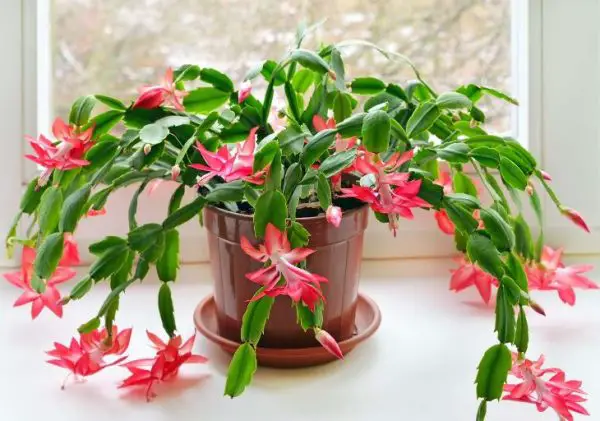
Succulents technically grow in fleshy green segments, as the Christmas Cactus (Schlumbergera bridgesii). Enormous, tropical-looking pink blossoms are its hallmark throughout its winter bloom period, which lasts from November to January. Varieties in white and yellow are also available. About every three to four weeks, or when the top third of the soil feels dry to the touch, this plant needs very little water.
Velvet Plant
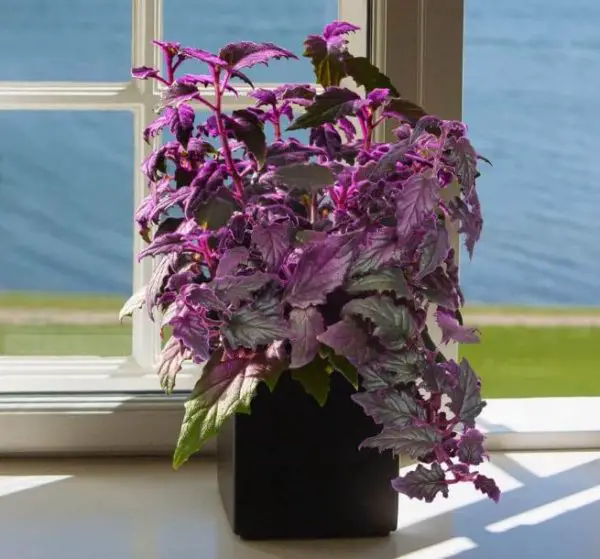
The Velvet Plant (Gynura aurantiaca), or purple passion plant, features fuzzy, dark purple leaves that shine in sunlight. It can grow in hanging baskets or be pruned for upright growth. As a daisy family member, it blooms small, golden-orange flowers that contrast beautifully with its dark foliage. It prefers bright, indirect light to maintain its purple color, while avoiding direct light to prevent scorching. Though short-lived (3-5 years), it propagates easily in water.
Moth Orchid
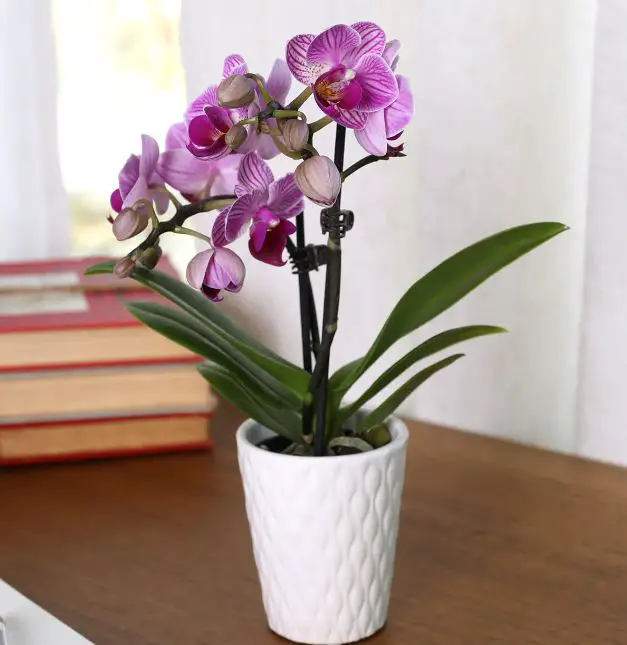
One of the simplest orchids to maintain is the moth orchid (Phalaenopsis spp.), which is frequently available in supermarkets and garden centers. They are native to Asia and Australia, where they grow as epiphytes on trees and do well in soils made of bark that drains well. Their elegant blossoms in shades of white, yellow, salmon, pink, and purple elevate any space. They give a splash of color and look great on a coffee table, tolerating some shadow.
Boston Fern
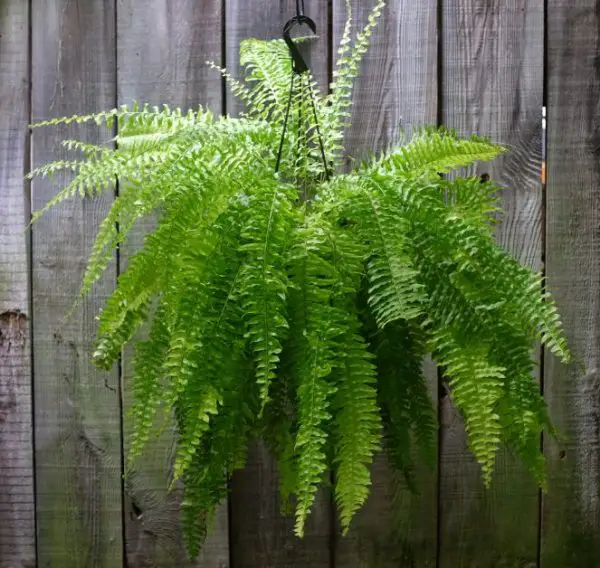
Boston Ferns (Nephrolepis exalta bostoniensis) are prized for their lush, green foliage that adds a cozy touch to living rooms and bedrooms. These ferns thrive in high humidity, benefiting from daily misting or placement near a humidifier. Ideal for brightly lit bathrooms, they require consistent moisture to prevent leaf drop and yellowing. With low fertilizer needs, feeding them several times a year supports their optimal growth. Place them in bright, indirect light for best results in maintaining their vibrant appearance.
Ponytail Palm

The Ponytail Palm (Beaucarnea recurvata) is a beloved choice for its whimsical appearance, resembling something out of a Dr. Seuss book with its bulbous trunk and cascading green fronds. Despite its name, it’s not a true palm but rather related to yucca and agave plants. Native to Mexico, this low-maintenance plant thrives in bright light and requires minimal watering; only water when the top 2 inches of soil are dry to the touch to avoid overwatering.
Gold-Fish Plant

The Gold-Fish Plant (Hypocyrta nummularia) adds a playful touch with its bright orange, tubular blooms that resemble tiny goldfish. Its dark green, waxy leaves, and trailing growth make it perfect for hanging baskets or cascading shelves. Blooming from spring to summer, this plant thrives when its growing tips are occasionally pinched off to encourage fuller branching. Ideal for those looking to add a whimsical, trailing plant to their indoor garden.
Living Stones
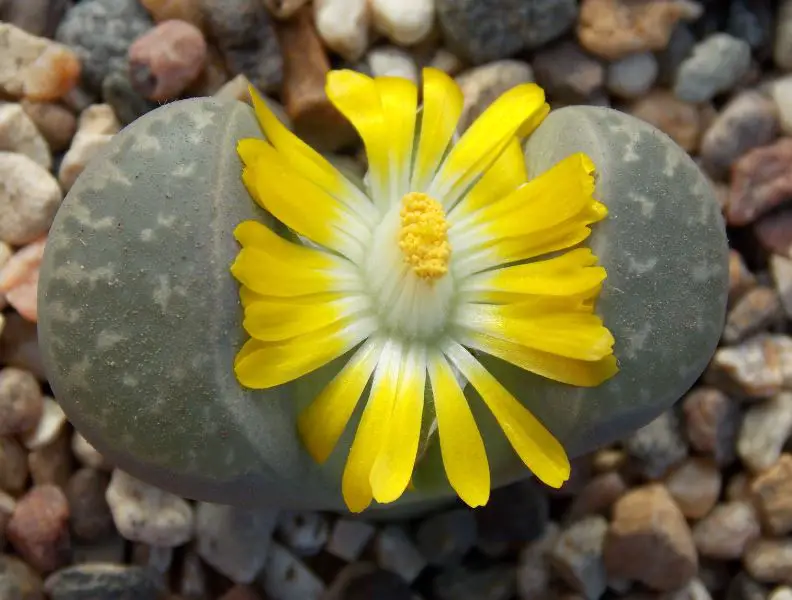
Living Stones (Lithops naureeniae), native to South Africa, mimic rocks to conserve water in arid conditions. They are both the easiest and most challenging succulents to care for due to their specific needs. Avoid watering them in summer or winter, and only lightly water in spring and fall. Their resilience and unique appearance make them ideal for low-maintenance plant enthusiasts who appreciate their ability to thrive on neglect.

